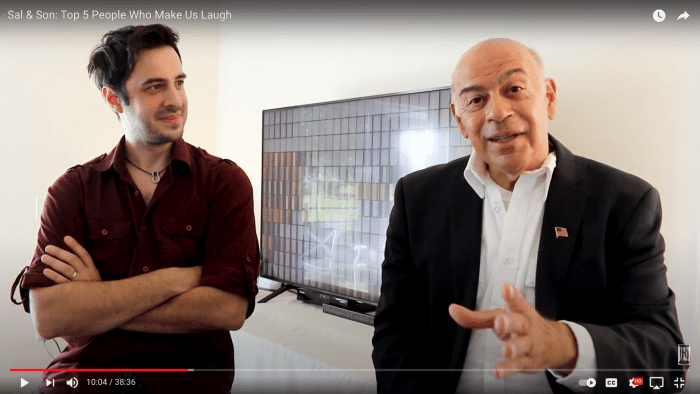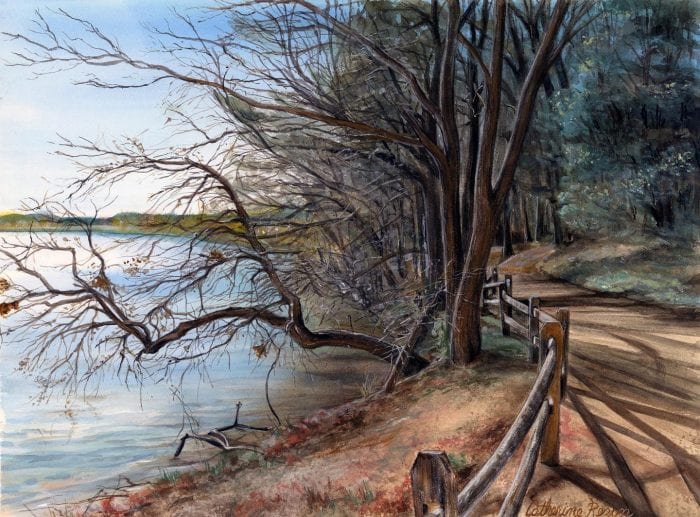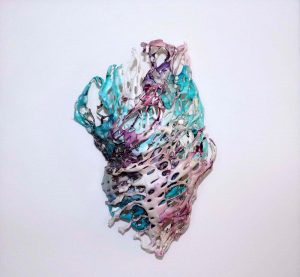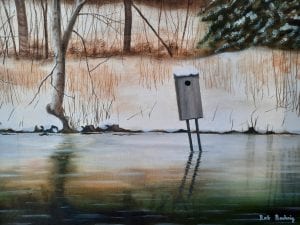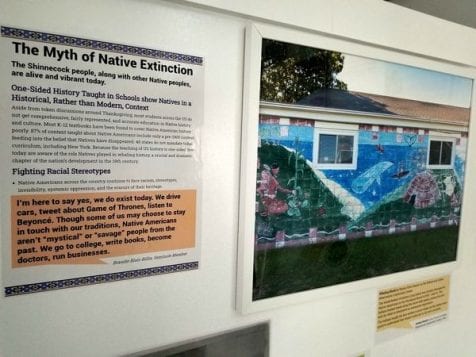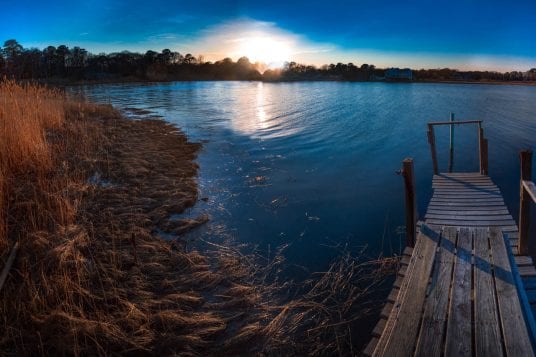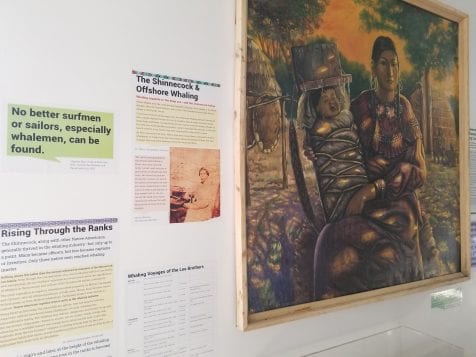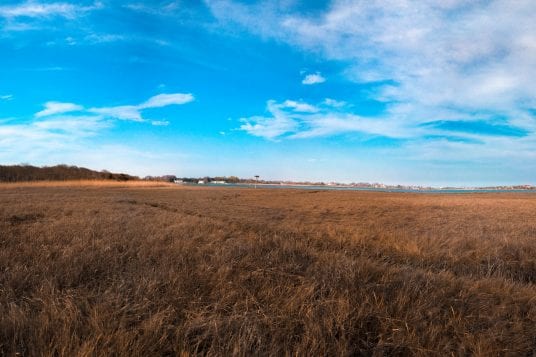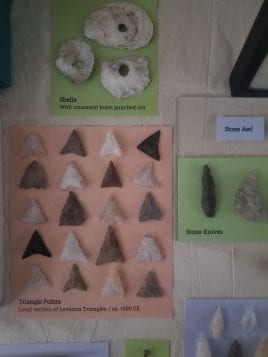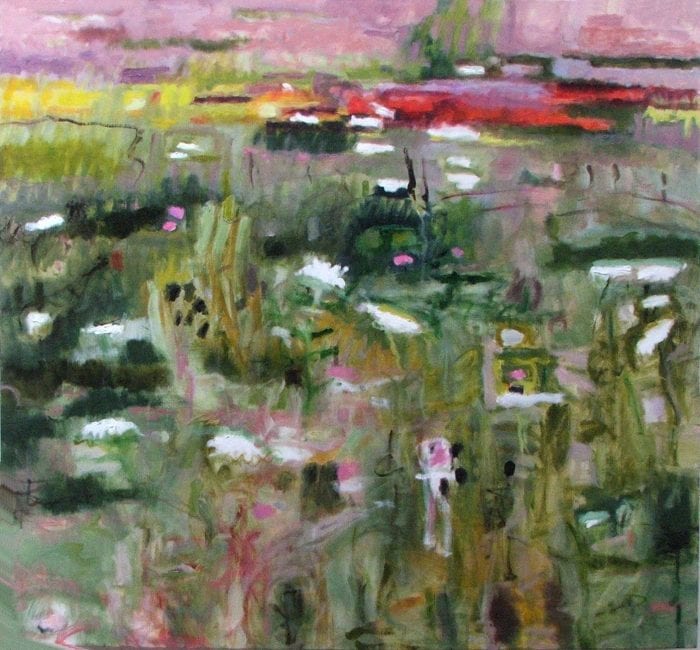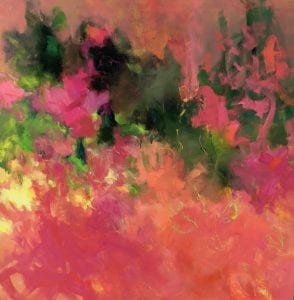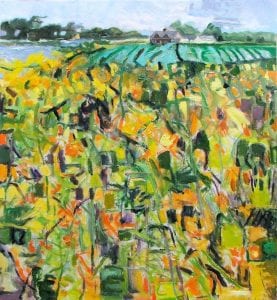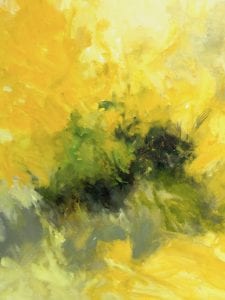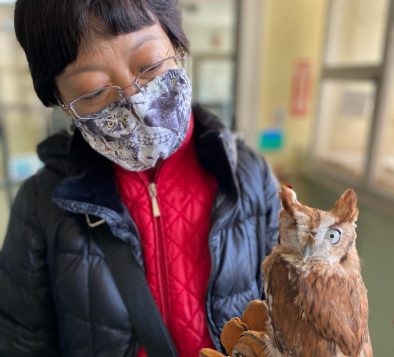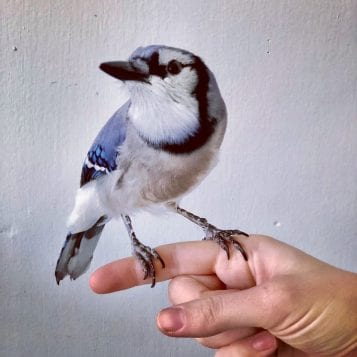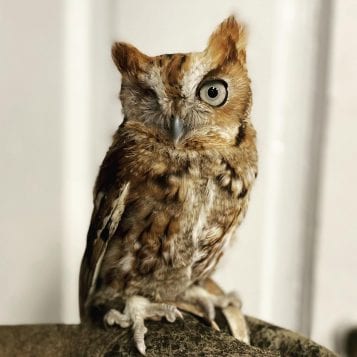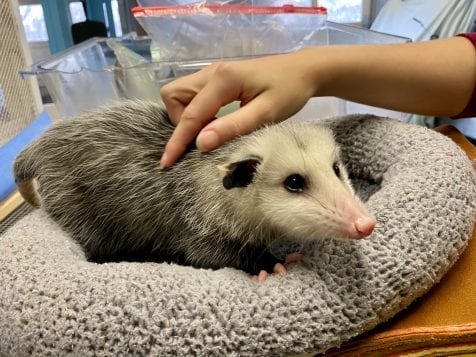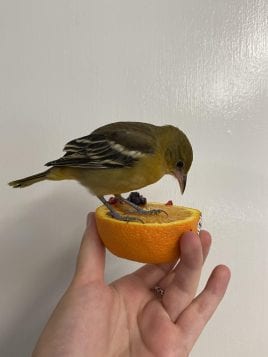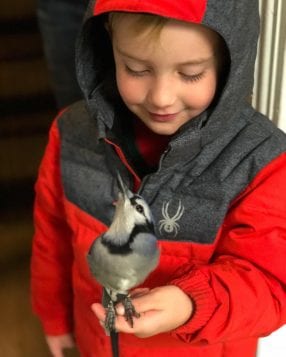By Tara Mae
For fans of classic movies, old Hollywood trivia, and celebrity icons, the show must go on. So when COVID-19 redefined the boundaries of normal life, St. George Productions reimagined the entertainment it provided to its audiences. After years of creating live educational theatrical events, it moved its endeavors online and began hosting digital lectures and virtual museum tours.
On Mondays at 10 a.m., St. George Productions, through Zoom, offers virtual journeys into the past. “We celebrate entertainment’s leaders, legends, and icons through lectures and virtual road trips,” said Darren St. George in a recent interview. He and his father, Sal, manage the business and oversee all its operations.

Focusing on the lives of notable historical figures, mainly of stage and screen, the talks feature Sal’s personal insights from his years in the business. They also draw on his experience as a pop culture historian and adjunct professor at Long Island University and other schools.
Sal and Darren are motivated by their desire to teach the public about entertainment history and its impact on the culture. “Even if there was no pandemic, keeping the memories alive of these great entertainers is essential,” Sal said.
The virtual tours are of museums dedicated to celebrities and cultural icons, such as actor Clark Gable and Frank Capra’s 1947 classic holiday film, It’s a Wonderful Life. “We did the Clark Gable Museum, which then let other museums know. The It’s A Wonderful Life Museum let the Jimmy Stewart Museum and Donna Reed Museum know,” Sal said.
This word-of-mouth method of promotion has proven effective, with museums now reaching out to St. George Productions to arrange virtual visits, according to Darren. Usually conducted by executive directors of the museums, the private tours are free to the public. The company does not make a profit from them.
“We are doing this to help support the museums themselves; we come from the museum world. We love this subject matter. Dad and I are going to be talking about this regardless; if you give us an opportunity we want to learn more,” Darren said.
Before the pandemic, the company developed and produced educational theatrical works for organizations closer to home like The Ward Melville Heritage Organization and the Smithtown Historical Society. Creating informative entertainment is both a profession and a passion for the team.
“I have always been self-employed in the entertainment business in one form or another. Everything I do is a stepping stone to the next program. We are reaching a lot of people, and who would have thought that we could do this, working off a computer, out of a house,” Sal said.

The business started over thirty years ago, when Sal was developing content for Walt Disney World. “I was approached by the head of historic services for Suffolk County — it had just restored Deepwells [Farm]. Rather than be a small fish in a big pond at Disney, I chose to be here and support the museum world,” he added.
Darren, whose mother, Mary, also works for the company, joined the family business at a young age. He has worked both on the stage and behind the scenes, as the roles required. In recent months, his job has evolved to providing technical support for online content.
“Working with my dad is a dream come true. Working with family has always been what I strove for. It has been challenging due to COVID, but every week we’re guaranteed to sit down and have a great time. It just so happens that people are watching,” Darren said.
This camaraderie transcends family ties and extends to viewers who tune in from around the country, allowing people to bond through common interests and retreat into the comfort of fond memories.
“Our guests motivate us so much. Times are hard, and this has turned into something for all of us to look forward to; an encouraging moment to come together and enjoy celebrities and movies we have all appreciated for so many years. It is incredible — we would have never been able to do this without Zoom, etc. Besides, how often do you get to travel to Wyoming, Kentucky, Ohio, Indiana, Georgia, Idaho without leaving your living room?” he said.
The next lecture will be “Influential Women of Comedy: Part II” on March 8 at 10 a.m. All programming is free, with a suggested donation. For more information about the lectures and museum tours, visit www.stgeorgelivinghistory.com.

